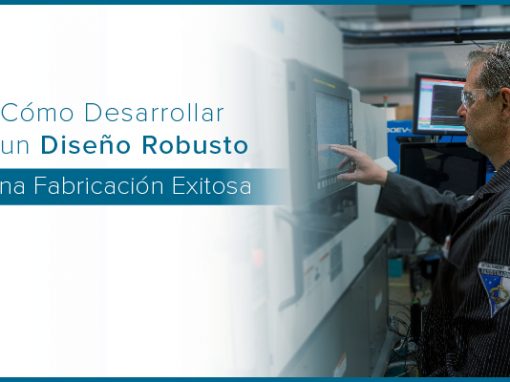Tip of the Day 144: “Fill Speed? I used the Rheology Curve”
Here is a phrase I hear from molders that have used in-mold rheology curves since the early days of Rod Groleau’s and John Bozzelli’s teaching. At the risk of a backlash from those committed to this method I offer the following argument that the rheology curve does not select the fill speed for you. The attached PowerPoint presentation takes you through the steps with each click.
Where on the curve do you set the speed? The “flat” part? The “knee”? Do you throw darts at it? Or select a spot just a little to the left of the end in the flat? How flat is flat enough? Doesn’t it depend on scaling? How slow you ran to the highest viscosity? How about using the least pressure point? And do others in your company use the same methods?
The language above is anything but scientific. RJG has always said that you should fill “as fast as possible consistent with quality.” This has not changed. The rheology curve, then, is a sort of record of shear rate and viscosity onto which you can mark the chosen speed. You can keep this in a book for reference in case you need to change fill speeds in the future or to compare to a different lot of material.
For those who want the script in word form, here is the condensed version:
-
- The typical phrase: I set the fill speed with the rheology curve.
-
- Throwing darts at it?
-
- Least pressure point?
Lowest Speed Limit
-
- We know that, even if the part quality allows it, we should stay out of the very low shear, high viscosity area. This area can be extremely sensitive to minor changes.
-
- Some like the least pressure point. But…
-
- This can be so slow as to create large pressure gradients. These in turn cause molded-in stress.
-
- Thin wall parts have a sort of speed barrier. If the part is not filled and packed before the wall freeze time it never will be. That “demon out at Mach 1” (Chuck Yeager).
-
- These, then, set your low speed limit. You may also have cycle time / cost considerations. And the order may be swapped.
Highest Speed Limit
-
- Try to go as fast as possible…
-
- …consistent with part quality. Too much speed can cause a number of quality problems, not all of which are visible. Some speed limitations are due to the mold and can be fixed.
-
- You may have run the mold trial on a machine with certain pressure (or speed) limits higher than the production presses. Lowering the pressure bar forces you to use a slower speed to be able to set the same process on any press (same fill time).
-
- In thin wall parts a lot of energy is stored in the compressed melt, especially when runner volumes are high relative to part volumes. It is possible that a slower fill speed or a short, slightly slower pack speed, must be used to allow the melt to decompress and not over pressurize the cavities.
-
- Expect the viscosity to change over time with different lots of material†. This could require more pressure. So pick a speed that will not exceed the machine’s pressure limit, even with a viscosity change.
-
- These set your high speed limit. Again the order of causes may be swapped. For example, pressure may not limit your process but quality might.
-
- This creates your “process window”. Rather tight, in this case.
-
- “X” marks the best speed you can achieve given the limitations.
Conclusion: Set speeds based on quality and the performance of all machines on which the mold will run rather than just “picking a point on the flat of the rheology curve.”
†Or, as a customer’s customer once said: “If changing lots is the root cause of the problem then don’t change lots.”…?!
Note: This was originally a slide in the Antec 2009 paper on different control strategies. Our marketing people have placed the video, though it is always embarassing to watch oneself on these things.
[youtube=qgE1Kekxgp4]

